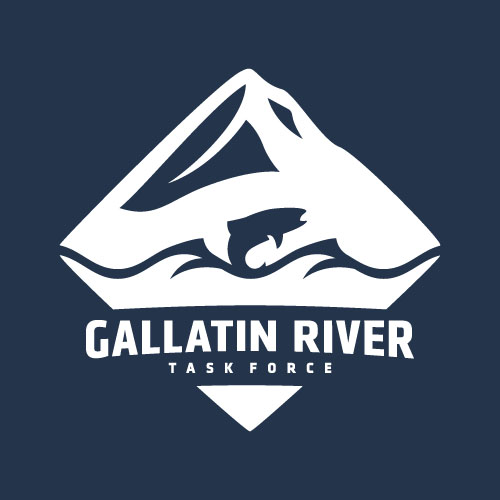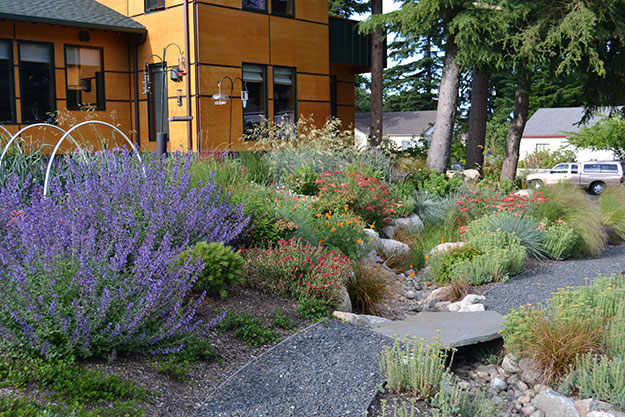Walking, biking, or driving around Big Sky this time of year, one thing always stands out: bright green Kentucky bluegrass lawns. While meadows and hillsides go from brown to browner, residential and commercial lots in the Meadow and Mountain villages and the Town Center remain lush, vibrant, and attention-grabbing.
To the untrained eye, these lawns look healthy. In reality, they’re anything but. They are ecological food deserts and a scourge for local water quality.
Historically, Big Sky residents use the most water in the late-summer months of August and September, even though until recently winter visitation and occupancy far out-spaced summer. The primary reason: landscaping irrigation. As more native flora have been displaced due to land development for houses, condos, and commercial buildings, the problem has gone from bad to worse.
These water-intensive lawns are a problem for a variety of reasons, most notably because they require so much water to stay green and because they require fertilizers packed with harmful pollutants to thrive. The pollutants—primarily phosphorous and nitrogen—are flushed into surface waters and seep into groundwater, leading to chemical imbalances in our streams, creeks, and rivers—and potentially tainting our drinking water. These chemicals are also drivers of the wide-spread algae growth we saw earlier this summer on the main stem of the Gallatin and throughout the upper watershed.
In addition to the pollutant problem, these lawns also use a lot of fresh groundwater during the irrigation process. Most is lost to plant uptake or evaporation, and little returns to the groundwater.
So, what’s the solution? No one wants to live in a house surrounded by dirt and rocks. Luckily, native plants and wildflowers offer an attractive alternative, and now is the time to start prepping for spring.
By landscaping with regional grasses, flowers, bushes and trees, you can still have a beautiful backyard, but now you won’t be contributing to Big Sky’s ongoing water-quality problems and future water-quantity issues issues. Native plants have evolved to succeed in our semi-arid climate, a climate that the Montana Climate Assessment predicts will likely get drier and hotter. They need little watering once established, and never need to be mowed or fertilized. Added bonus: pollinators, birds and native wildlife love them, so you’ll also be restoring habitat while you’re at it.
In addition to improving local water quality and building water-supply resiliency, a native lawn will also save a bundle of dough. In a couple weeks you’ll likely receive your water bill, if your home is serviced by the Big Sky Water and Sewer District. Because the district has implemented a new tiered billing system based on usage, if you irrigate your lawn, you might be in for a surprise. Get ready for some staggering numbers.
Once you’ve regathered your wits, head to your local lawn-care company and ask about prepping your lawn for spring. Fall is the time to get started to ensure water—and cash—savings next season. If you’re unsure where to start, check out the Gallatin River Task Force’s Trout-Friendly Landscaping certification, part of the Big Sky Water Conservation program. Certification is a big step toward reducing your personal nutrient footprint, and it will save you a bundle on next fall’s water bill.
This article originally appeared in Explore Big Sky’s Water Wisdom column.

